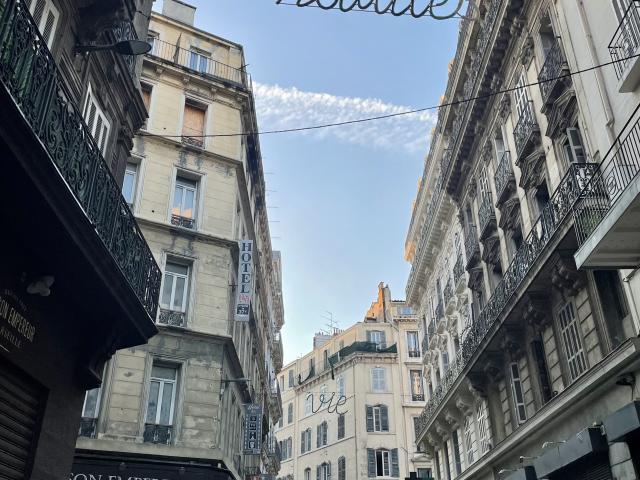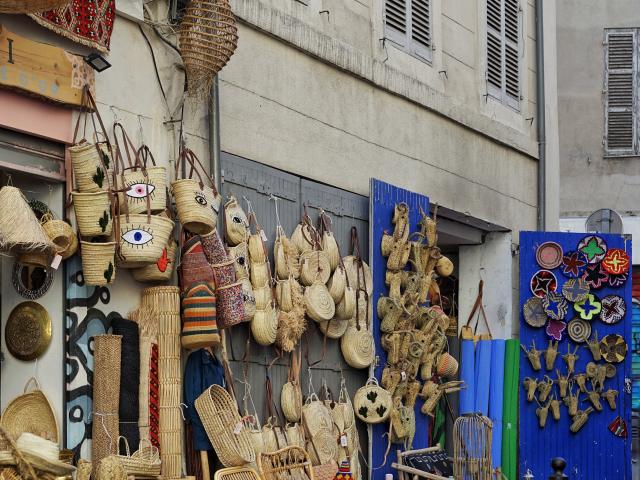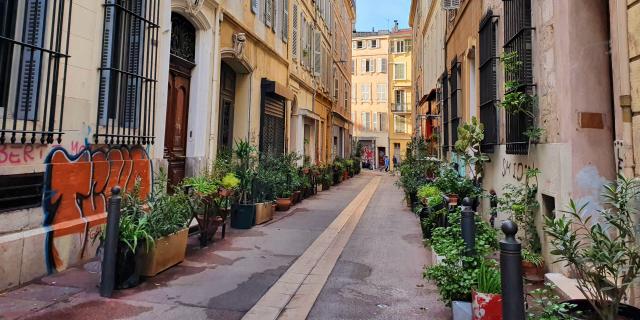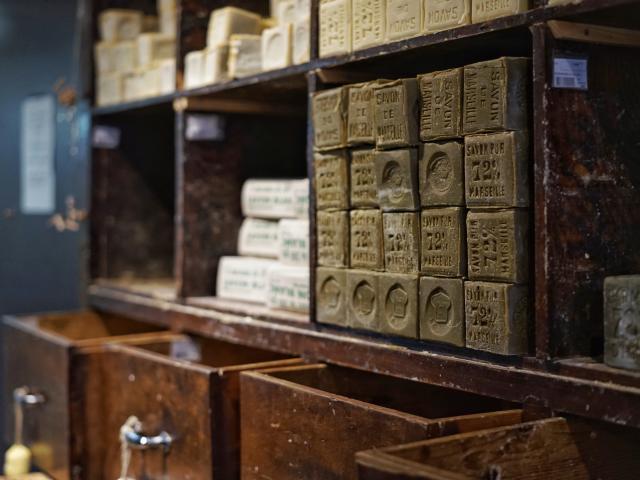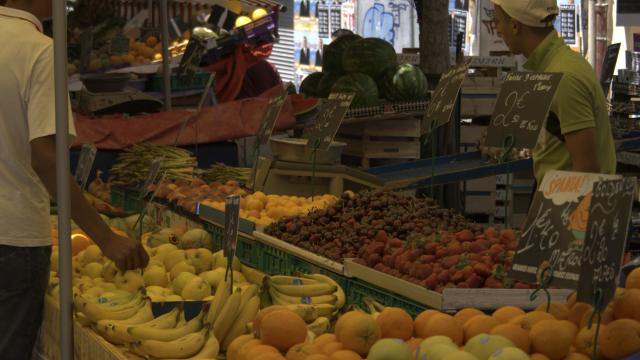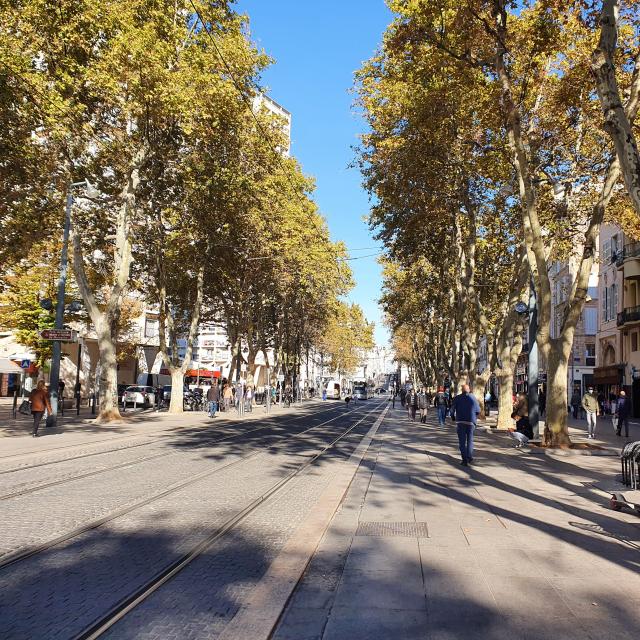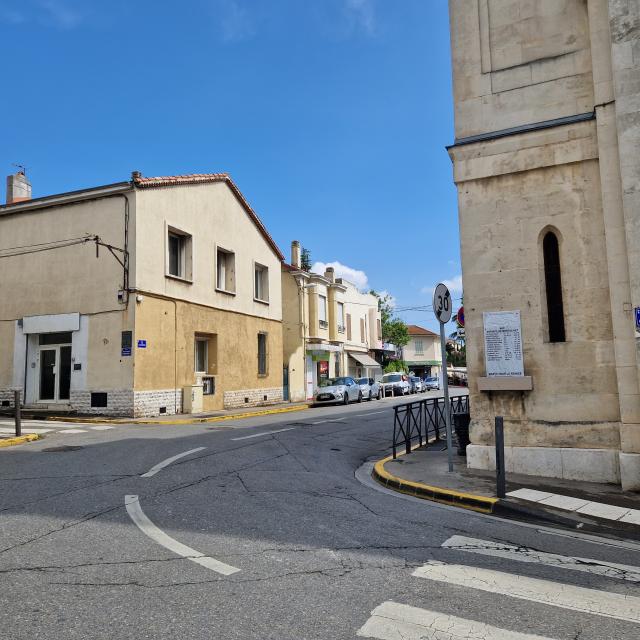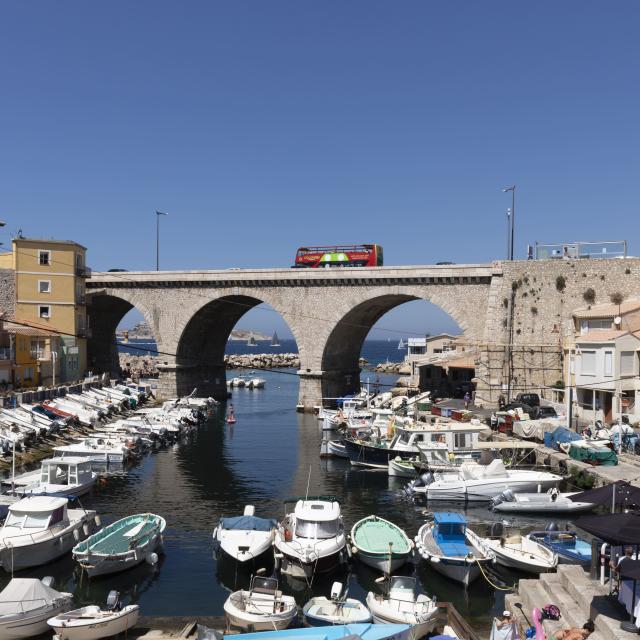Back in time: a little history
The origins of the Noailles district
Let’s go back to the 17th century. The city’s wealthiest residents lived in this bourgeois neighborhood, including Lieutenant Jacques de Noailles, Lieutenant of the Galleys and Representative of the KingLouis XIV. In 1665, the Capuchin mendicant order established its convent here. Catherine de Médicis purchased the land, but in 1791 the convent was declared national property and the monks were expelled. Today, the famous marché des Capucins can be found on this site, as well as the rue Longue des Capucins, well known to all Marseilles papis! This narrow street, which originally bore 3 different names, is still very busy and pedestrian traffic is often difficult. This “long” street links the Noailles, Belsunce and Saint-Charles districts, and also crosses Marseille’s “Chinese” district, where textile and jewelry wholesalers are to be found. The Noailles district is a gateway to the Cours Julien district, home to designers and street artists. To get there, take the staircase at 99 rue d’Aubagne, which spans the Cours Lieutaud.
The year 1666 marked a decisive turning point for the Marseilles district: creation of the rue des Nobles and La Canebière (where hemp is produced). At the time, the population of Noailles was mainly a bourgeois population where great fortunes stayed.
In 1679, Jean-Baptiste Charbert, builder of galleys, had a town house built. La Fayette married Marie Adrienne Françoise de Noailles in this hotel in 1774. It was demolished in 1830. Other grandiose hotels were built during the 16th century, including the Hôtel de Manse, the Hôtel Mirabeau and the Grand Hôtel de Noailles. Gandhi himself stayed in one of the district’s hotels in 1931, accompanied by his two goats.
Many bourgeois businesses opened their doors during this same period. The neighborhood grew and expanded in the 1850s. A tramway line was opened in 1893, which is today’s Noailles metro station. To this day, the Noailles district is best known for the marché des Capucins, a food market founded in 1956.
